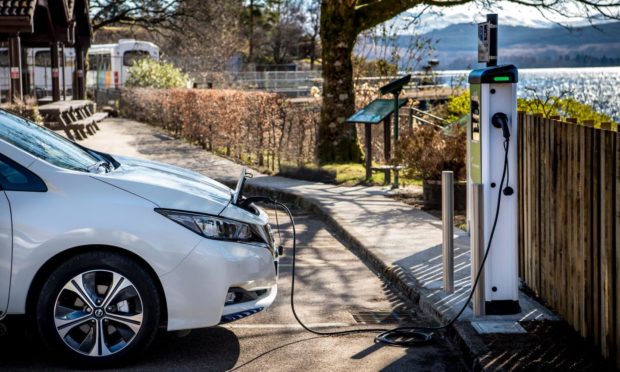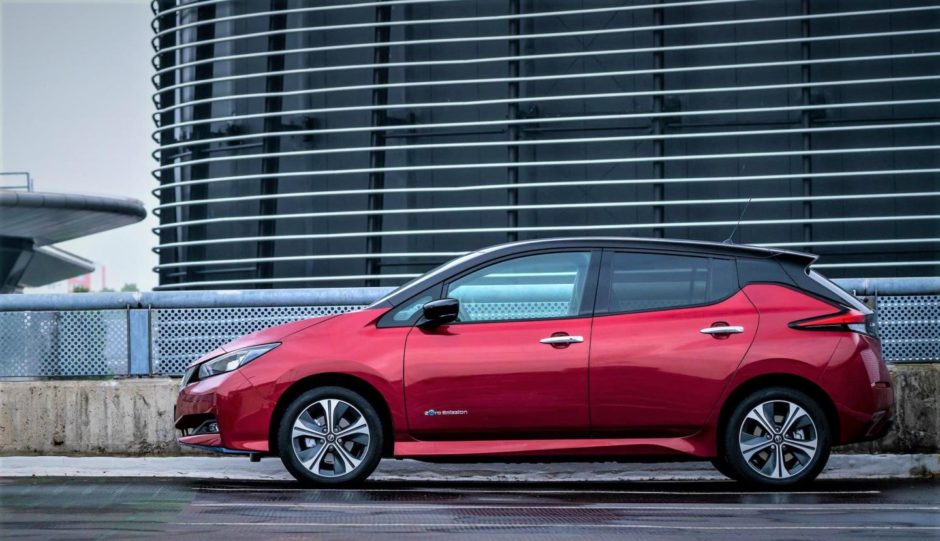Electric vehicle owners drive further than petrol and diesel drivers each year, according to new research.
EV owners are proving range anxiety is nothing to worry about as they travel further than drivers of petrol and diesel cars each year, with research also suggesting more than two-thirds are happy with the charging infrastructure, says Darren Cassey.
The research commissioned by Nissan suggests that European EV drivers travel up to 8,800 miles per year, compared with 8,450 miles for internal combustion-engine (ICE) cars.
This appears to be bolstered by trust in the charging infrastructure, with 69% saying they are happy with the number of charge points.
The biggest myth surrounding EV ownership is that charging infrastructure isn’t up to scratch
In the survey of 7,000 people across European countries including the UK, 23% said the biggest myth surrounding EV ownership is that charging infrastructure isn’t up to scratch.
Among ICE drivers, the biggest concern is how much range vehicles have. Of the 30% who said they would not consider an EV, 58% said this was the biggest worry with 56% saying there are not enough charge points.
The most common reason people would consider switching to an EV would be greater range – yet 70% of existing EV owners said their experience of range has been better than expected.
This research reiterates that electric driving is not only a smart option beneficial to the environment but also a fun, exciting and convenient choice
Arnaud Charpentier, region vice president for product strategy and pricing at Nissan, said: “This research reiterates that electric driving is not only a smart option beneficial to the environment but also a fun, exciting and convenient choice for the owners.
“It is no surprise that people now drive EVs further than ICE cars. We are confident that with more EVs on the road dispelling myths, range anxiety will soon be in the past.”











